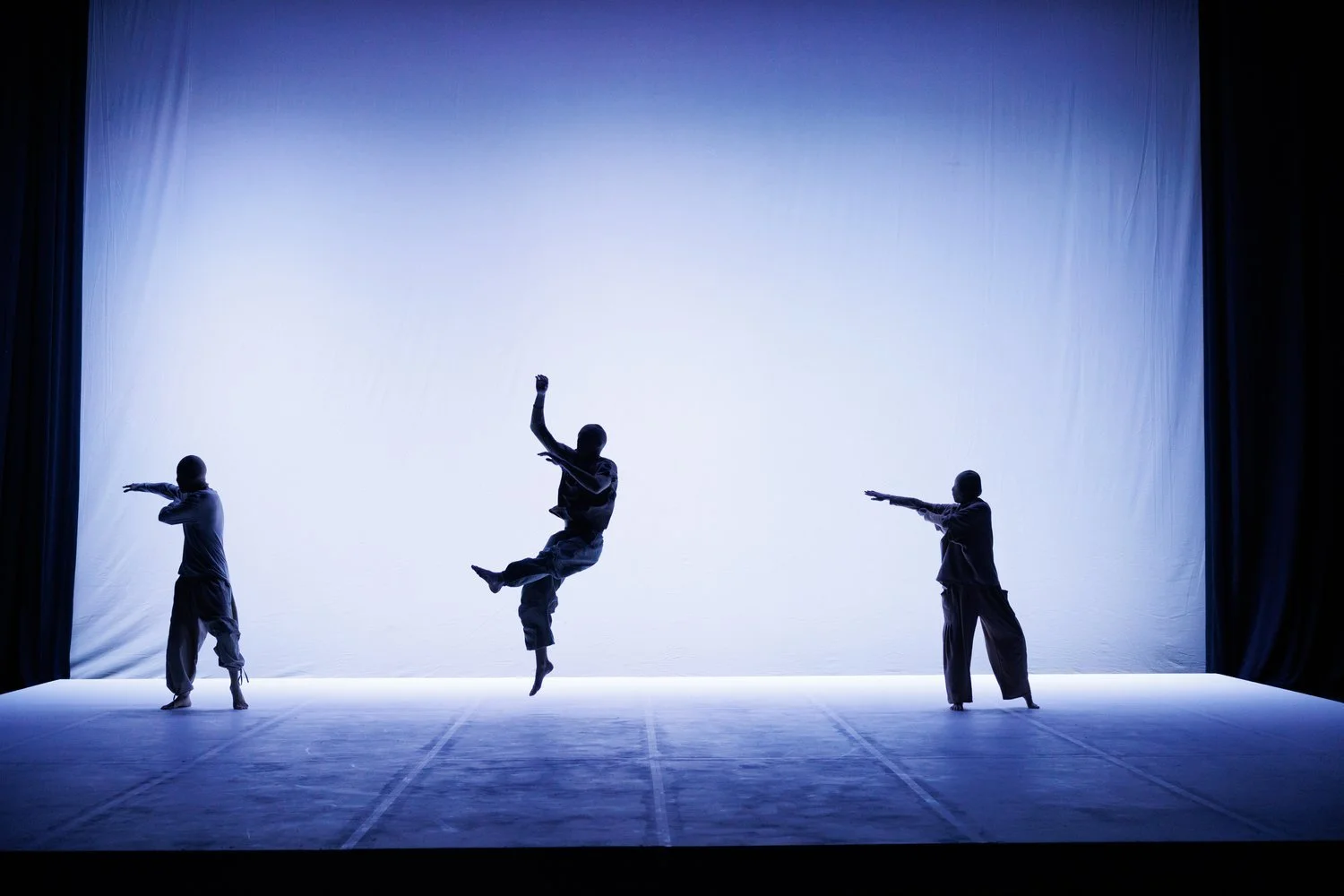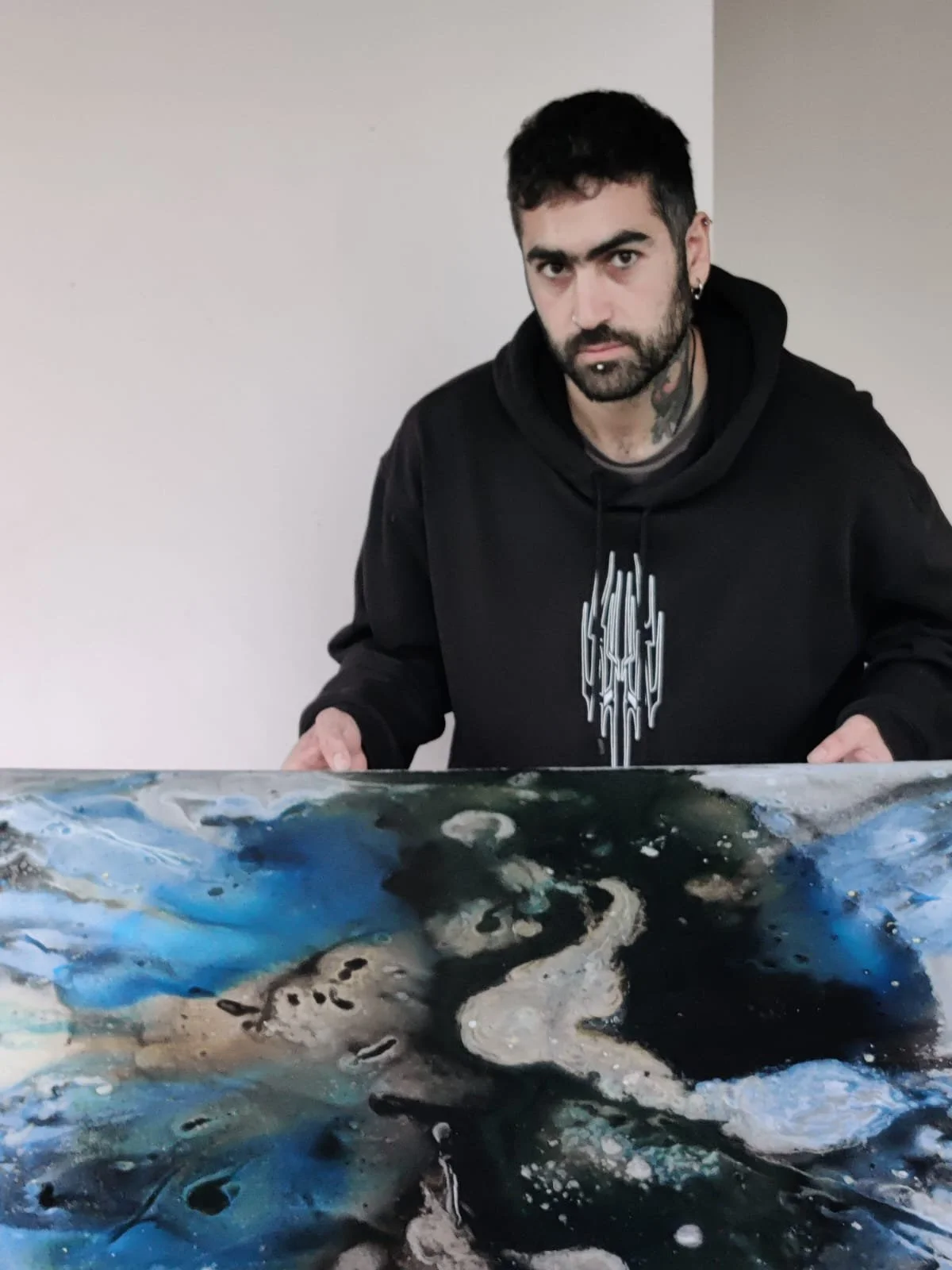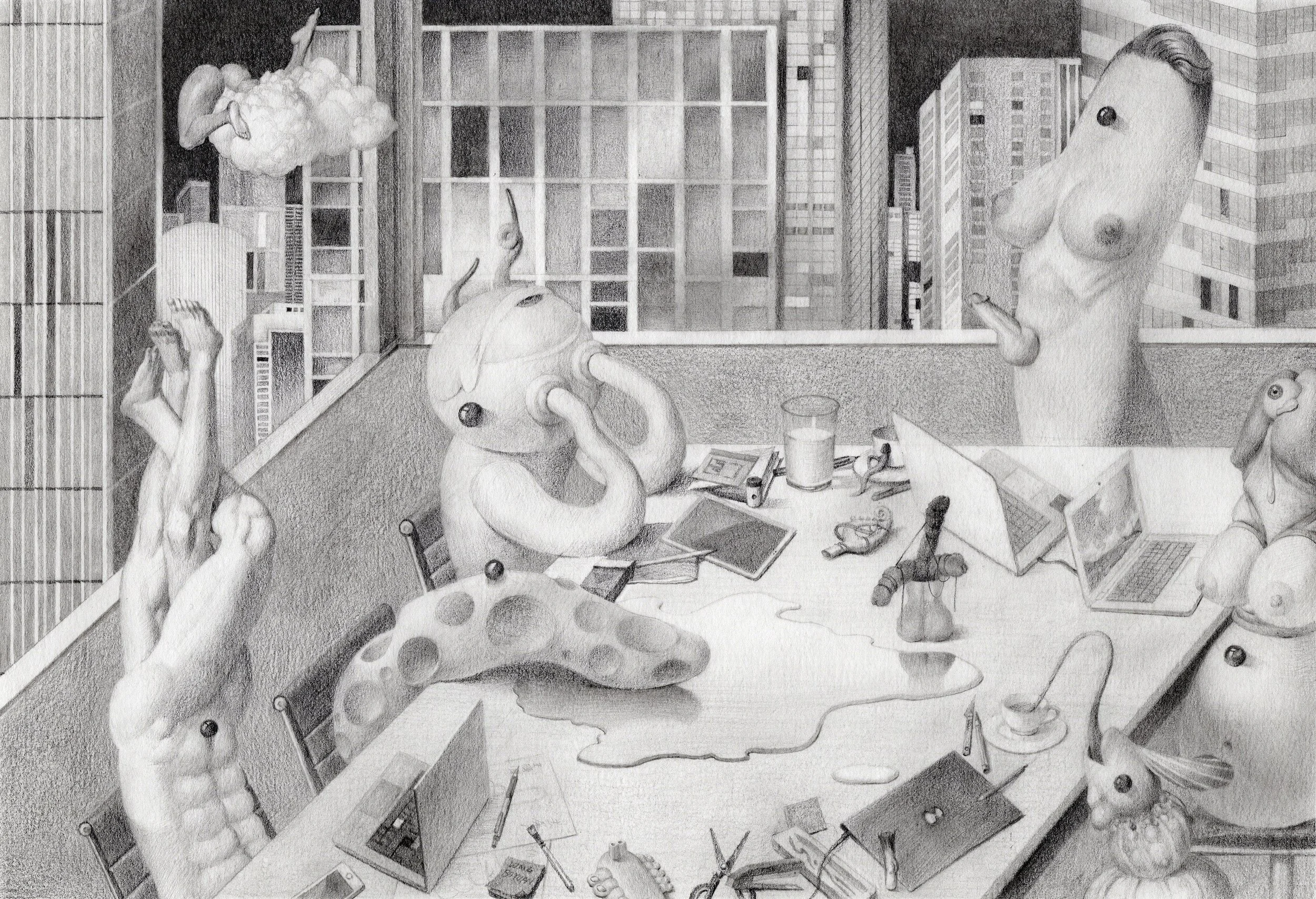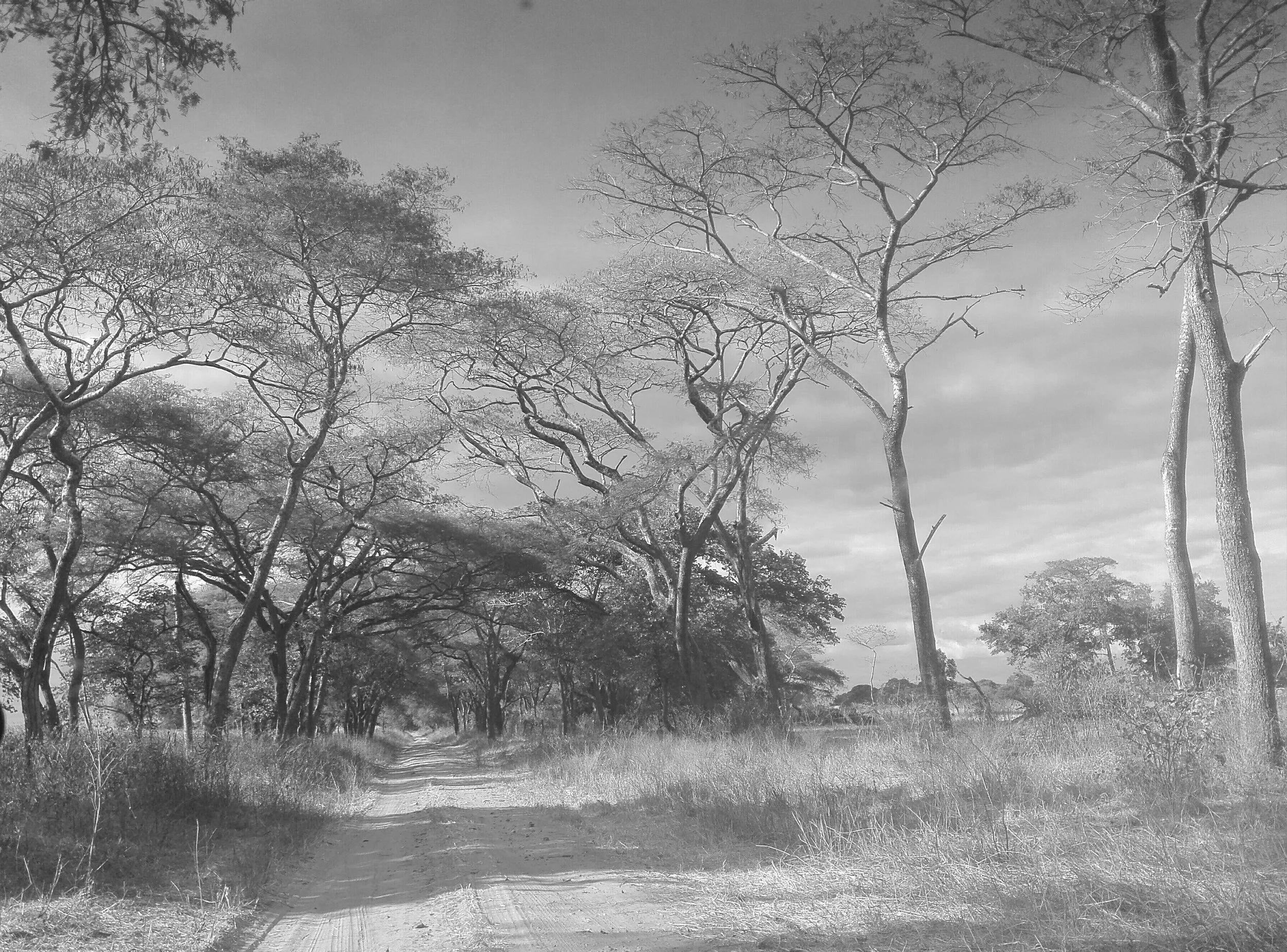INTERVIEW | Adonis Antoniou
Adonis Antoniou is a Cypriot-Syrian artist currently based in Barcelona. His artistic practice challenges perceptions and provokes thought by addressing global issues such as borders, racism, and violence. Antoniou's abstract work, documents the essence of life, capturing raw emotions and moments. Each painting stands as a testament to the variability of daily life.































